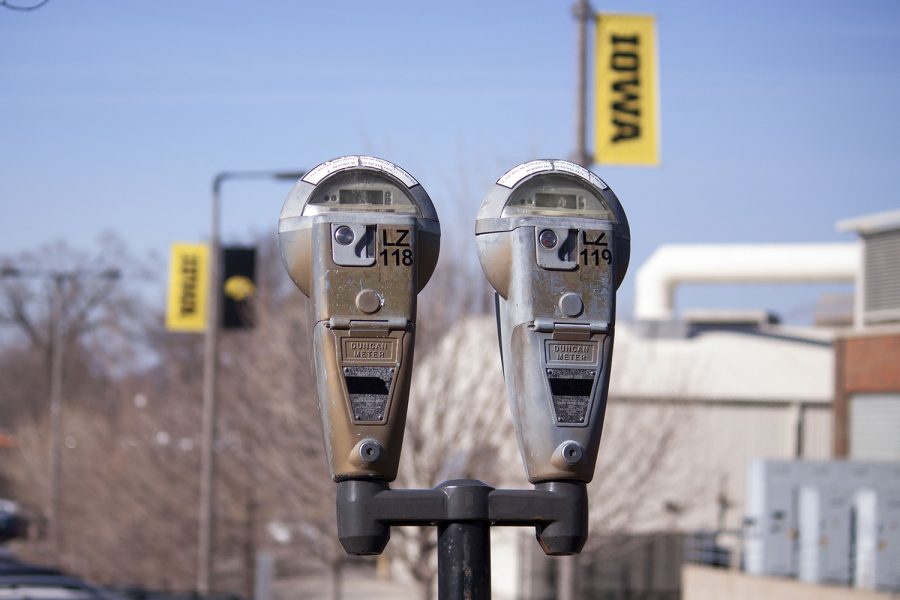George Paterson sat in a room closely resembling a NASA mission-control center on Monday.
But instead of counting down to a shuttle launch, Paterson, a University of Iowa utilities systems specialist, monitored the energy consumption of 78 campus buildings at the Energy Control Center.
On Feb. 11, the information at Paterson’s fingertips was made available to the public in the form of a web-based “energy dashboard.”
“We need all people on campus to participate in reducing their energy consumption,” said Glen Mowery, the director of utilities and energy management for UI Facilities Management.
Mowery said the web-based system will help building occupants understand the use and cost of energy, allowing them to track conservation efforts.
In the fall of 2009, utilities and energy management department received $500,000 from the American Recovery and Reinvestment Act. The department already monitored consumption in campus buildings, but the money allowed it to purchase software and develop the Energy Control Center and centralize its conservation operation.
UI officials hope to become a net-negative energy user by 2020, meaning the university will use no more energy in 2020 than in 2010, regardless of any campus changes.
Mowery said he estimates the UI will need to decrease its overall energy consumption by 25 percent to meet this goal because of facilities under construction.
The Pomerantz Family Pavilion at the UI Hospital and Clinics uses the most energy on campus, requiring 3,000 kilowatts an hour to run at any given time, Mowery said.
By contrast, a psychology research building, Stuit Hall, uses a mere 17 killowatts an hour to operate.
UIHC and research buildings use the most energy, Mowery said; academic buildings use much less.
One of the biggest benefits of the Energy Control Center is its ability to remotely control air-handling units in all general-education buildings.
One goal, Mowery said, is to partner with residence halls, the Athletics Department, and hospital buildings to be able to remotely control their air handling units.
“They don’t know the value this can bring,” Mowery said. “We need to bring them up to speed.”
Liz Christiansen, the director of the Office of Sustainability, said the university’s goal of becoming a net-negative energy user by 2020 is possible, but it will require much effort.
The UI spends about $25 million on energy each year. Mowery said he couldn’t say exactly how much the school would save if the campus becomes a net-negative energy user, but said the savings would be in the millions.
“I think we have a good chance of achieving it, but it’s going to take hard work, and it’s going to take focus,” Christiansen said.






